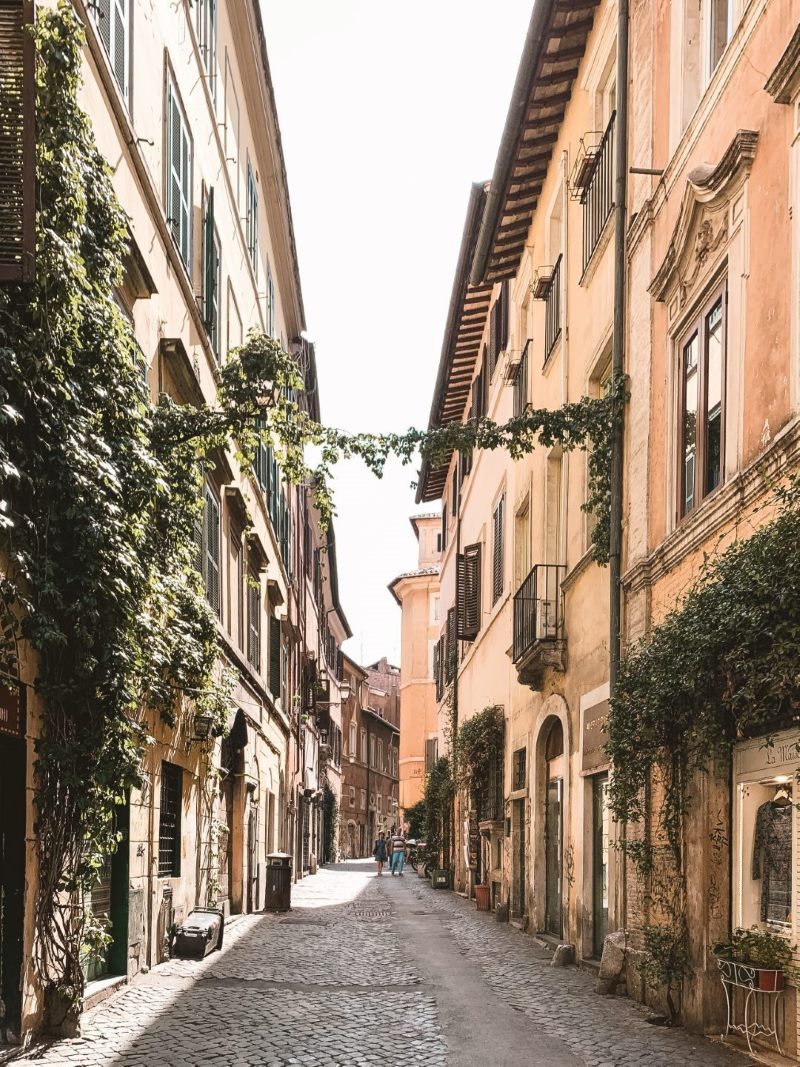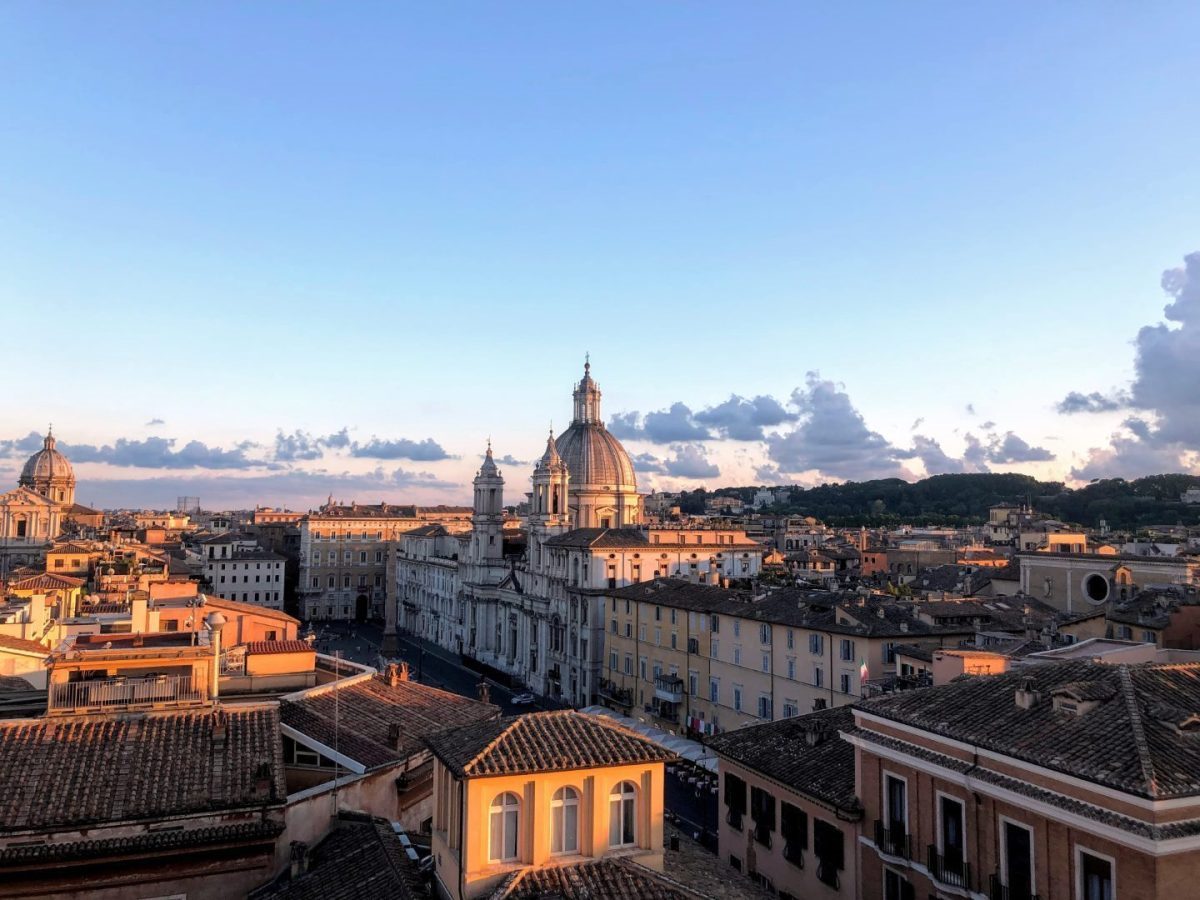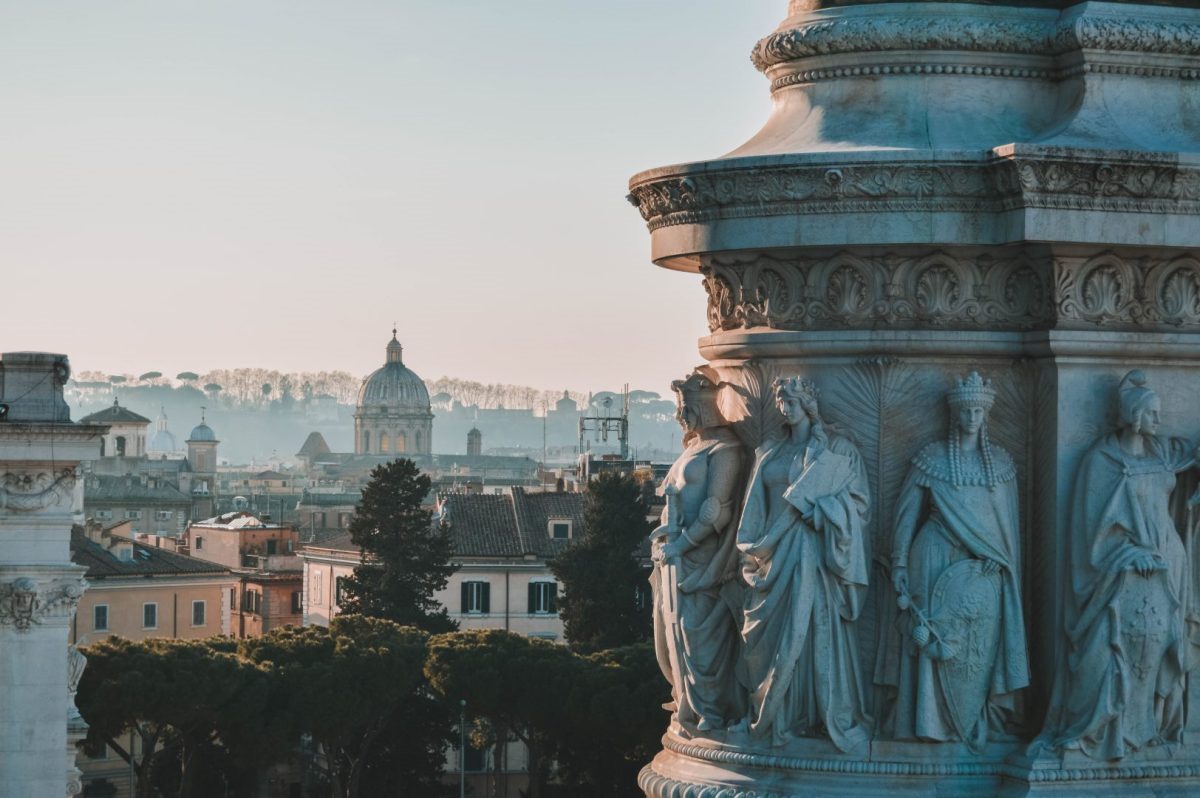How to Plan Your Rome Architecture Tour at the Time of Mussolini’s Fascism
Are you interested in exploring one of the lesser-known districts in Rome and immersing yourself in the history of Mussolini’s Fascist period? Look no further than the Rome Architecture at the Time of Mussolini’s Fascism tour, offered by a third-party company that specializes in unique architecture tours. In this guide, we’ll give you the inside scoop on what to expect from the tour, as well as tips on how to make the most of your experience.Experience
The Rome Architecture at the Time of Mussolini’s Fascism tour is a half-day walking and bus tour that takes you through the Esposizione Universale Roma (EUR) district of Rome. Originally intended to be the site of the 1942 World Fair, the district was designed by a team of architects under the direction of Mussolini himself. The architecture style, known as Rational Architecture, features modern, authoritarian structures built with the same type of stone as the Colosseum.Highlights
During the tour, you’ll get to explore some of the most iconic buildings and public spaces in the EUR district, including:Bassorilievo Palazzo Uffici
Built in 1936, this impressive building features a facade adorned with 68 bas-reliefs depicting various professions.Palazzo della Civiltà Italiana
Also known as the “Square Colosseum,” this building was originally intended to be the centerpiece of the 1942 World Fair. It features six stories of arches and is now home to the fashion house Fendi.Via dei Fori Imperiali
The tour will also take you down Via dei Fori Imperiali, a road that runs from Piazza Venezia straight to the Colosseum. Along the way, you’ll pass by famous landmarks such as the Roman Forum and Trajan’s Market.Full Description
The tour begins at Piazza Venezia, where you’ll meet your guide and fellow participants. From there, you’ll board a bus and make your way to the EUR district. Along the way, your guide will provide commentary on the history and architecture of the area, giving you a deeper understanding of Mussolini’s vision for the region. Once you arrive in the EUR district, you’ll disembark and set out on foot to explore the various buildings and public spaces. Your guide will point out key features and provide context for each location, helping you to appreciate the unique architecture style and understand the social and political climate in which it was created. The tour lasts approximately 4 hours, and you’ll cover a fair amount of ground on foot, so be sure to wear comfortable shoes and dress appropriately for the weather. We recommend bringing a water bottle and a small snack, as there are limited opportunities to purchase refreshments along the way.Booking Information
Ready to book your Rome Architecture at the Time of Mussolini’s Fascism tour? Visit the third-party company’s website and book here: book the tour here. The tour price includes a knowledgeable guide, transportation, and all entrance fees. In conclusion, the Rome Architecture at the Time of Mussolini’s Fascism tour is a unique opportunity to explore a lesser-known district in Rome and gain a deeper understanding of the architectural and political history of the city. With our tips and recommendations, you’ll be able to plan your tour with ease and make the most of your experience.
Frequently Asked Questions About Rome
If you’re planning a trip to Rome, it’s likely that you’ll have many questions about the city. Here are some of the most frequently asked questions about Rome, answered.1. What Is Rome Known For?
Rome is known for its art, architecture, history, and food. It’s home to some of the world’s greatest works of art and architecture, including the Colosseum, the Pantheon, and St. Peter’s Basilica. The city is also filled with museums and galleries showcasing works by some of history’s greatest artists. Food is also a major part of the Roman culture, and there are many traditional dishes to try, such as pasta carbonara and tiramisu.2. What Is the Best Time to Visit Rome?
The best time to visit Rome is in the spring (April-June) or fall (September-November) when the weather is mild and the crowds are smaller. Summer (July-August) is peak tourist season, and the city can be hot, crowded, and expensive. Winter (December-February) can be cool and rainy, but it’s also the best time to visit if you want to avoid crowds and save money on accommodations.3. What Are the Must-See Sights in Rome?
There are so many must-see sights in Rome that it’s impossible to list them all, but here are a few of the most famous ones:- The Colosseum
- The Roman Forum
- The Pantheon
- The Vatican Museums and St. Peter’s Basilica
- The Trevi Fountain
- The Spanish Steps
- The Piazza Navona
4. Do I Need to Book Tickets for Rome’s Sights in Advance?
It’s always a good idea to book tickets for Rome’s most popular sights in advance, especially during peak tourist season. This includes the Colosseum, the Vatican Museums, and the Sistine Chapel. You can usually book tickets online or through your hotel or travel agent.5. What Is the Best Way to Get Around Rome?
Rome’s public transportation system includes buses, trams, and a subway system (called the Metro). The Metro is the fastest and most convenient way to get around the city, but it can be crowded during peak hours. Taxis are also available, but they can be expensive. Walking is a great way to explore the city, especially in the historic center.6. What is the Currency Used in Rome?
The currency used in Rome (and all of Italy) is the Euro. You can exchange currency at banks, exchange offices, or ATMs. Credit cards are widely accepted, but it’s always a good idea to carry some cash for smaller transactions.7. What Are Some Traditional Roman Dishes?
Some traditional Roman dishes include:- Pasta carbonara (pasta with egg, cheese, and pancetta)
- Cacio e pepe (pasta with cheese and black pepper)
- Suppli (deep-fried rice balls with cheese and tomato sauce)
- Saltimbocca alla romana (veal with ham and sage)
- Tiramisu (a rich dessert made with mascarpone cheese, coffee, and ladyfingers)
8. Is It Safe to Travel to Rome?
Rome is generally a safe city, but as with any major tourist destination, you should take precautions to protect yourself and your belongings. Keep your valuables out of sight, especially in crowded areas, and don’t carry large amounts of cash with you. Be aware of your surroundings, and take taxis or public transportation at night instead of walking alone.9. What Are Some Souvenirs to Buy in Rome?
Some popular souvenirs to buy in Rome include:- Italian leather goods (such as handbags and shoes)
- Ceramics and pottery
- Olive oil and balsamic vinegar
- Wine and limoncello liqueur
- Jewelry (such as cameos and silver)
10. Are There Any Local Customs or Etiquette to Be Aware of in Rome?
It’s always a good idea to be aware of local customs and etiquette when traveling to a foreign country. In Rome, some things to keep in mind include:- Dress modestly when visiting churches or other religious sites
- Beware of pickpockets, especially in crowded areas like the metro or tourist attractions
- It’s polite to greet people with a friendly “buongiorno” (good morning) or “buonasera” (good evening)
- It’s customary to tip 10% at restaurants
Book Your Tour Now
Rome is a beautiful and historic city with so much to see and do. By answering these frequently asked questions, we hope to have helped you plan your trip and make the most of your time in this incredible city. Remember to book tickets in advance, be aware of local customs, and enjoy all of the amazing sights, sounds, and flavors that Rome has to offer!
How to Spend Your Time as a Tourist in Rome
Rome is undoubtedly one of the most beautiful cities in the world, with a rich history, stunning architecture, and fantastic food. It has something to offer every traveler, whether you are interested in art, history or just enjoying the beautiful scenery. Rome is a must-visit destination for anyone travelling to Italy, and this guide will help you make the most of your time in the Eternal City.
1. Visit the Colosseum
The Colosseum is easily one of the most famous landmarks in Rome, and it’s a must-visit spot for any tourist. This ancient amphitheatre is almost 2,000 years old and was used for gladiator battles, animal hunts, and public spectacles. You should plan to spend a few hours here, as there is so much to see and learn. It’s best to book your tickets in advance to avoid the long queues.
2. Check out the Vatican Museums
The Vatican Museums are home to some of the world’s most famous art pieces, including the Sistine Chapel. It’s an incredible experience to see these works of art up close, and the museums themselves are stunning. Make sure to book your tickets online in advance to avoid the long lines.
3. Explore the Roman Forum
The Roman Forum was the center of ancient Rome and the site of many important government buildings and temples. It’s an incredible place to explore and learn about Rome’s history. You can also see the ruins of the Temple of Julius Caesar, which is where Julius Caesar was cremated after his assassination. Make sure to wear comfortable shoes, as there is a lot of walking involved.
4. Visit the Pantheon
The Pantheon is one of Rome’s most famous architectural wonders. It was built almost 2,000 years ago and is famous for its enormous dome. It’s free to enter and is open to the public every day of the week. It’s a great place to see some of the city’s incredible architecture and learn about Rome’s rich history.
5. Take a Food Tour
No trip to Rome is complete without indulging in its fantastic food. The city is famous for its pasta, pizzas and gelato. Taking a food tour is a great way to experience some of the city’s best food spots and learn about the history of Italian cuisine. There are many different food tours available, so make sure to do your research and find one that suits your interests and budget.
6. Visit the Spanish Steps
The Spanish Steps are a famous spot to visit in Rome, and they offer incredible views of the city. They were built in the 18th century and are a popular gathering place for both locals and tourists. You can climb the steps to admire the view or sit down and relax while enjoying some people watching. Just be aware that the area can get crowded, especially during peak tourist season.
7. Stroll Through Trastevere
Trastevere is a beautiful neighborhood in Rome that’s full of character and charm. It’s a great place to explore if you want to get away from the crowds and see a more authentic side of Rome. The narrow streets are lined with cafes, restaurants and boutiques, and there’s always something new to discover. Make sure to wear comfortable shoes as the area is quite hilly.
8. Visit the Trevi Fountain
The Trevi Fountain is one of Rome’s most famous landmarks and is an absolute must-visit spot. The fountain is beautifully designed and offers a great photo opportunity. Legend has it that if you throw a coin into the fountain, you’ll return to Rome one day. Make sure to arrive early in the morning to avoid the crowds.
9. Relax in the Villa Borghese Gardens
The Villa Borghese Gardens are the perfect place to relax and unwind after a busy day of sightseeing. The gardens are huge and offer incredible views of the city. You can rent a bike, go for a walk or have a picnic. There are also several museums, galleries and a zoo if you’re interested in exploring further.
10. Take a Day Trip
While there is plenty to see in Rome, there are also many beautiful destinations nearby that are worth a visit. Taking a day trip to places like Florence, Pompeii or Capri is a great way to see more of Italy and get a break from the hustle and bustle of the city. There are many different day trip options available, so make sure to do your research and find one that suits your interests.
Book Your Tour Now
Rome is an incredible destination that offers something for everyone. Whether you’re interested in history, art or just enjoying some great food, there’s plenty to see and do. Make sure to plan your trip in advance and book your tickets for the major attractions, as they can get very busy. With a little bit of planning, you’ll be able to make the most of your time in this beautiful city and create memories that will last a lifetime.
Table of Contents

